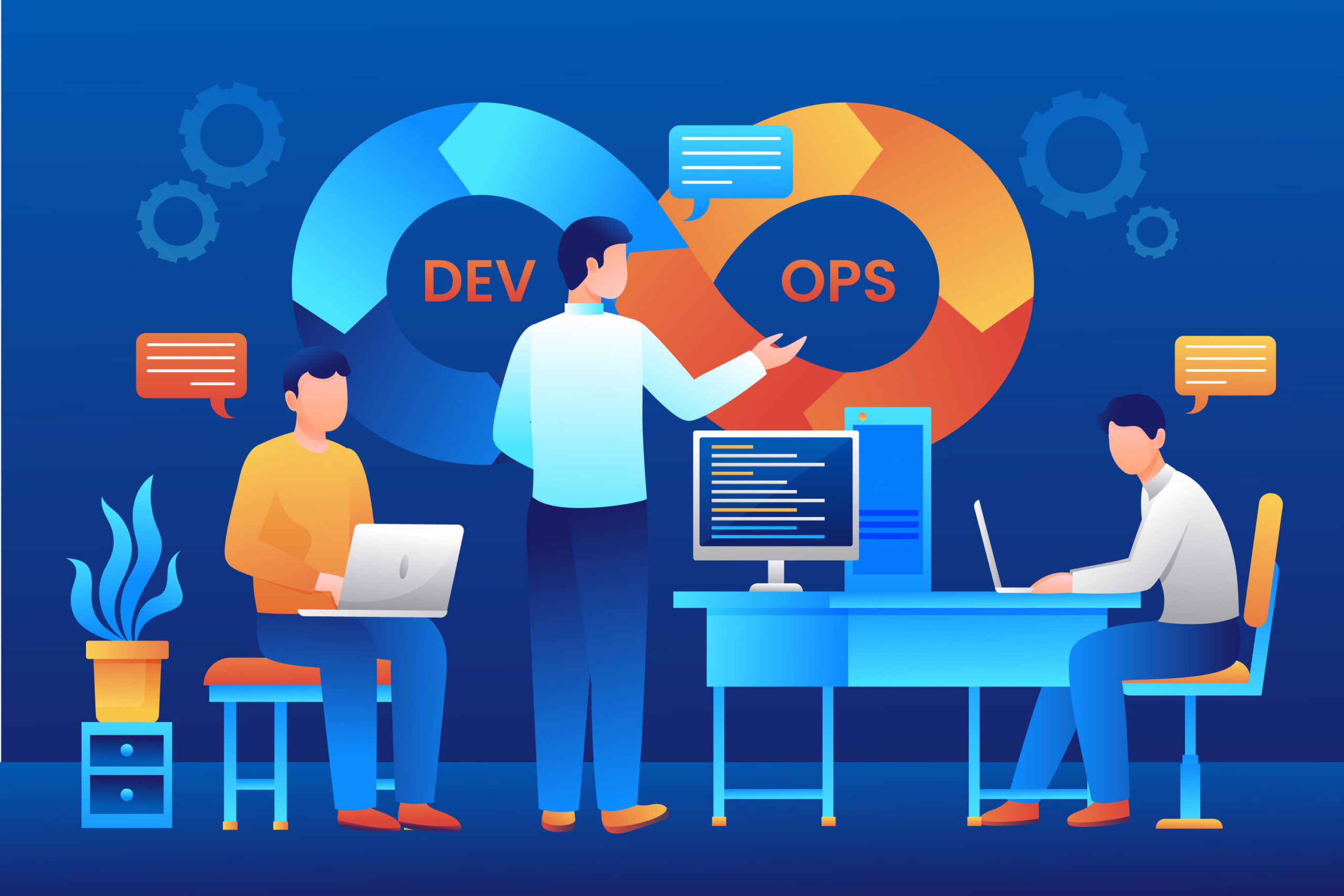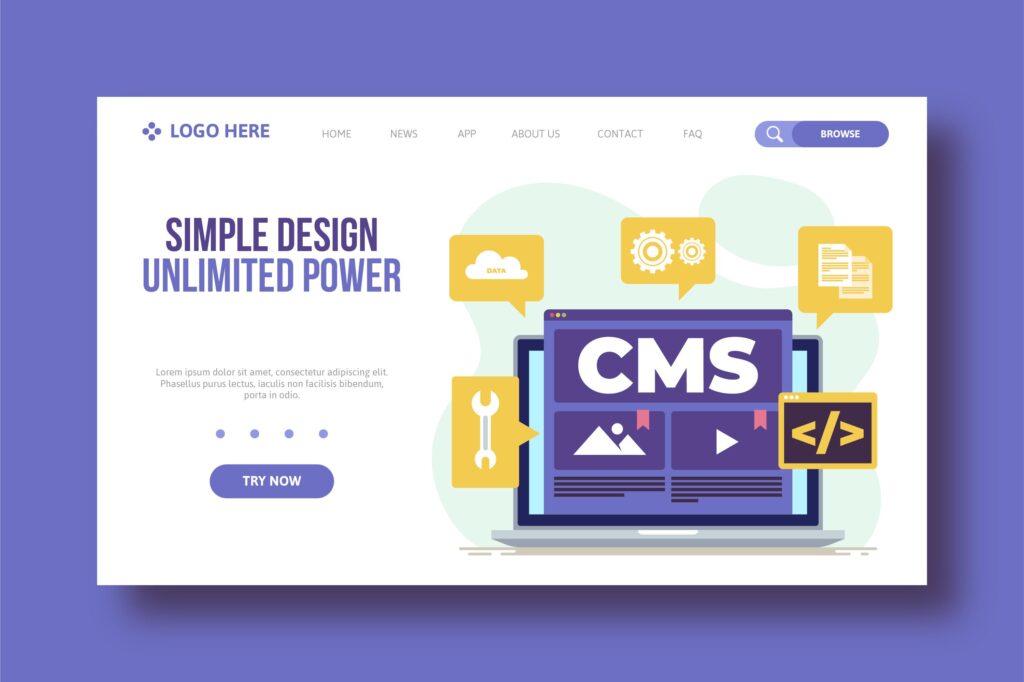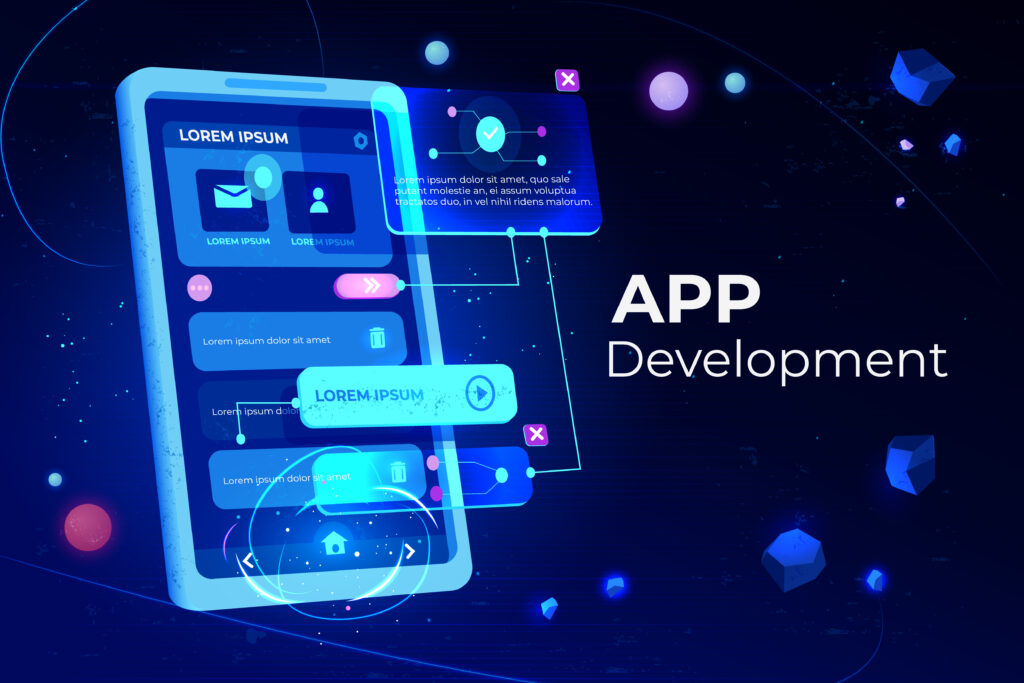In the ever-evolving landscape of technology, software development has become a cornerstone of innovation and progress. Modern software development is a multifaceted process that involves a plethora of components, each playing a crucial role in delivering high-quality software solutions. From coding to deployment, it’s imperative to understand the key components that drive modern software development forward. In this blog post, we’ll explore these components in detail, breaking down the process into digestible bullets to help you grasp the essence of software development in the 21st century.
1. Requirements Gathering and Analysis
- Conduct stakeholder interviews to gather requirements.
- Analyze business needs and objectives.
- Define the scope and constraints of the project.
- Create a detailed project plan and timeline.
Effective software development begins with a clear understanding of what needs to be built. Gathering and analyzing requirements is a crucial first step in this process. It involves talking to stakeholders, such as clients and end-users, to determine their needs and expectations. The goal is to create a comprehensive understanding of what the software should achieve, which forms the foundation of the project plan.
2. Design and Architecture
- Create system architecture diagrams.
- Define data structures and databases.
- Design user interfaces (UI) and user experiences (UX).
- Plan for scalability and maintainability.
Design and architecture are about creating the blueprint for your software. System architecture diagrams help visualize how different components of the software will interact. Decisions about data structures, databases, and UI/UX design significantly impact the final product’s functionality and user-friendliness. Additionally, planning for scalability ensures the software can handle increased loads as it grows.
3. Development
- Write clean, maintainable code.
- Follow coding standards and best practices.
- Use version control systems (e.g., Git).
- Collaborate with other developers using collaboration tools (e.g., GitHub, GitLab).
Development is where the software starts taking shape. It involves writing code based on the design and architecture. Writing clean, maintainable code is essential for long-term success, as it makes it easier to add new features and fix bugs. Version control systems like Git help track changes and facilitate collaboration among team members, ensuring code quality and consistency.
4. Testing and Quality Assurance
- Develop test cases and test plans.
- Conduct unit, integration, and system testing.
- Perform user acceptance testing (UAT).
- Use automated testing tools for efficiency.
Testing and quality assurance are integral to delivering a reliable software product. Test cases and test plans are created to systematically assess the software’s functionality, performance, and security. Different types of testing, such as unit, integration, and system testing, help identify and address issues at various stages of development. User acceptance testing involves real users testing the software to ensure it meets their expectations. Automated testing tools speed up the testing process and improve accuracy.
5. Deployment and Continuous Integration/Continuous Deployment (CI/CD)
- Automate deployment processes.
- Implement CI/CD pipelines.
- Monitor deployments for errors and issues.
- Roll out updates and patches seamlessly.
Modern software development embraces automation in deployment. Automation not only reduces human errors but also ensures that software is consistently deployed across different environments. CI/CD pipelines enable developers to continuously integrate code changes and deploy them quickly and safely. Monitoring deployments for errors and issues helps in identifying and addressing issues promptly, while seamless updates and patches keep the software up-to-date and secure.
6. Documentation
- Create comprehensive documentation.
- Include user manuals, API documentation, and developer guides.
- Maintain up-to-date documentation throughout the software’s lifecycle.
Documentation is often underestimated but is crucial for successful software development. It provides valuable resources for users and developers alike. Comprehensive documentation includes user manuals to help end-users navigate the software, API documentation for developers integrating with the software, and developer guides to assist in extending or customizing the software. Maintaining up-to-date documentation ensures that all stakeholders have access to accurate information.
7. Security
- Implement security best practices.
- Conduct regular security audits and vulnerability assessments.
- Keep software dependencies up-to-date.
- Educate developers about security threats and best practices.
Security is a top priority in modern software development. Implementing security best practices is essential to protect both user data and the software itself. Regular security audits and vulnerability assessments help identify and address potential weaknesses. Keeping software dependencies up-to-date is critical to patching known vulnerabilities. Educating developers about security threats and best practices ensures that security is ingrained in every aspect of the development process.
8. Performance Optimization
- Monitor software performance in real time.
- Identify and address bottlenecks.
- Optimize code and database queries.
- Implement caching and load balancing where needed.
Software that performs well is crucial for providing a positive user experience. Real-time performance monitoring helps identify issues as they arise. Bottlenecks, whether in code or database queries, should be addressed promptly. Optimization techniques, such as code refactoring and database indexing, can significantly improve performance. Implementing caching and load balancing ensures that the software can handle a large number of users without performance degradation.
9. Scalability
- Design for horizontal and vertical scalability.
- Monitor resource usage and scale as needed.
- Use cloud services for scalable infrastructure.
- Plan for growth and increased user demand.
Scalability is about ensuring that your software can grow with your user base. Designing for both horizontal (adding more machines) and vertical (upgrading existing machines) scalability is essential. Monitoring resource usage helps in determining when to scale. Cloud services provide scalable infrastructure solutions that can adapt to changing demands. Planning for growth from the outset prevents performance and availability issues as your user base expands.
10. User Feedback and Iteration
- Collect and analyze user feedback.
- Prioritize feature requests and bug reports.
- Plan iterative development cycles.
- Continuously improve the software based on user input.
User feedback is invaluable in enhancing software. Collecting feedback from users and stakeholders provides insights into what is working well and what needs improvement. Prioritizing feature requests and bug reports helps in planning iterative development cycles. Continuously improving the software based on user input ensures that it remains relevant and meets evolving needs.
11. Team Collaboration and Communication
- Foster a collaborative team environment.
- Use project management and communication tools.
- Conduct regular team meetings and stand-ups.
- Encourage open and transparent communication.
Effective software development is a team effort. Fostering a collaborative team environment is essential for success. Project management and communication tools help streamline workflows and keep everyone on the same page. Regular team meetings and stand-ups provide opportunities to discuss progress, challenges, and solutions. Encouraging open and transparent communication ensures that everyone’s input is valued and considered.
12. Compliance and Regulations
- Ensure compliance with industry regulations.
- Implement data protection and privacy measures.
- Stay updated on legal requirements and changes.
- Document compliance efforts for auditing purposes.
In today’s regulatory landscape, compliance is non-negotiable. Depending on your industry, there may be specific regulations and standards that your software must adhere to. This could include data protection and privacy measures, accessibility requirements, and more. Staying updated on legal requirements and documenting compliance efforts are essential for auditing purposes and avoiding legal issues.
13. Maintenance and Support
- Provide ongoing maintenance and support.
- Address user issues and bug reports.
- Release updates and patches as needed.
- Plan for the long-term sustainability of the software.
Software development doesn’t end with the initial release. Providing ongoing maintenance and support is vital to keep the software running smoothly. Addressing user issues and bug reports ensures a positive user experience. Releasing updates and patches as needed keeps the software secure and up-to-date. Planning for the long-term sustainability of the software involves considering factors like technology updates, changing user needs, and evolving business objectives.
14. Cost Management and Budgeting
- Create a detailed project budget.
- Monitor project expenses and resource allocation.
- Adjust the budget as needed to accommodate changes.
- Ensure cost-effectiveness in software development.
Effective cost management is crucial for the success of any software development project. Creating a detailed project budget helps in allocating resources appropriately. Monitoring project expenses allows for adjustments to the budget as needed, especially when dealing with unexpected changes. Ensuring cost-effectiveness involves making strategic decisions about resource allocation and technology choices.
15. Feedback Loops and Continuous Improvement
- Establish feedback loops at various stages.
- Collect data on project performance and outcomes.
- Use feedback to identify areas for improvement.
- Continuously refine development processes.
Continuous improvement is at the core of modern software development. Establishing feedback loops at various stages of the development process provides insights into what is working well and what can be enhanced. Collecting data on project performance and outcomes helps in making informed decisions. Using feedback to identify areas for improvement and refining development processes ensures that each project becomes more efficient and effective than the last.
In conclusion, modern software development is a complex and dynamic process that involves a multitude of interconnected components. From gathering requirements to continuous improvement, each component plays a vital role in delivering software that meets user needs and exceeds expectations. By understanding and prioritizing these key components, software development teams can navigate the challenges of the digital age and create innovative solutions that drive progress and success.
Remember that the software development landscape is ever-changing, and staying up-to-date with emerging technologies and best practices is essential for thriving in this dynamic field. Embrace the key components outlined above, adapt to new challenges, and continue to push the boundaries of what is possible in the world of software development.



